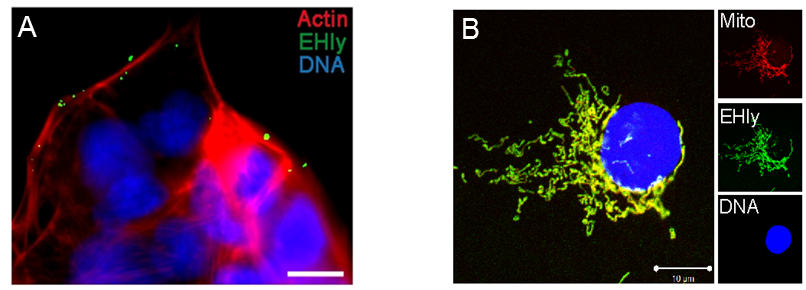Research topic
Variability and phylogeny of bacterial pathogens and their impact on host-pathogen interaction
How do bacterial pathogens emerge? How do they spread and what happens in humans and animals during an infection? Which impact do these changes have on the host-pathogen interaction? To address these questions, we apply various molecular typing approaches to elucidate the evolution and spread of bacterial pathogens and to characterize the impact of genomic variability on pathogenicity and host-pathogen interaction. Our research focuses on Staphylococcus aureus and enterohemorrhagic Escherichia coli (EHEC).
S. aureus, which naturally occurs on the skin and mucosa of humans and some animals, belongs to the group of facultative pathogens causing nosocomial diseases worldwide. We investigate which biotic and abiotic factors and genetic mechanisms of these bacteria underlie the emergence and evolution of highly pathogenic S. aureus clones. Moreover, we are interested in the consequences on the host-pathogen interaction and in the changes that occur during this interaction.
E. coli belongs to the normal gut flora of humans and some mammalians. During evolution of this species, some commensal E. coli developed to highly pathogenic EHEC causing diarrhea and the hemolytic uremic syndrome (HUS), the most common cause of acute renal failure in childhood. Until today there is no causal therapy for EHEC infections. Our working group characterizes the emergence of EHEC bacteria and how these bacteria evolve during the few days of the human infection resulting in novel pathogenic characteristics. We focus on investigations on the adaptation of EHEC to different environmental conditions and on the underlying mechanisms and their impact on the host-pathogen interaction. In addition, we analyze secreted virulence determinants that are secreted not only in a free but also in a membrane vesicle-associated form and have different biological effects on host cells. Overall, we aim to ultimately develop novel therapeutic strategies.



